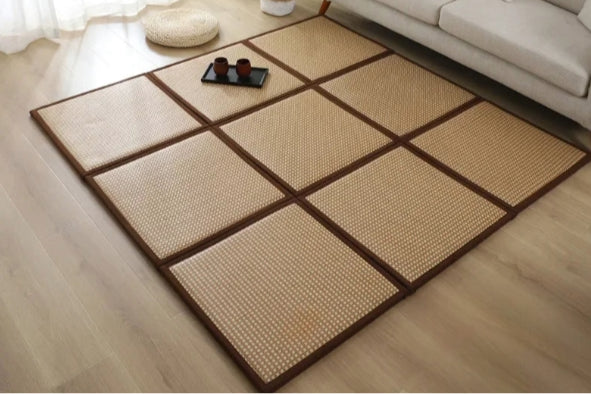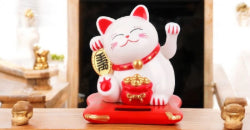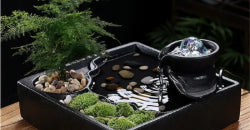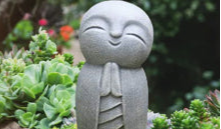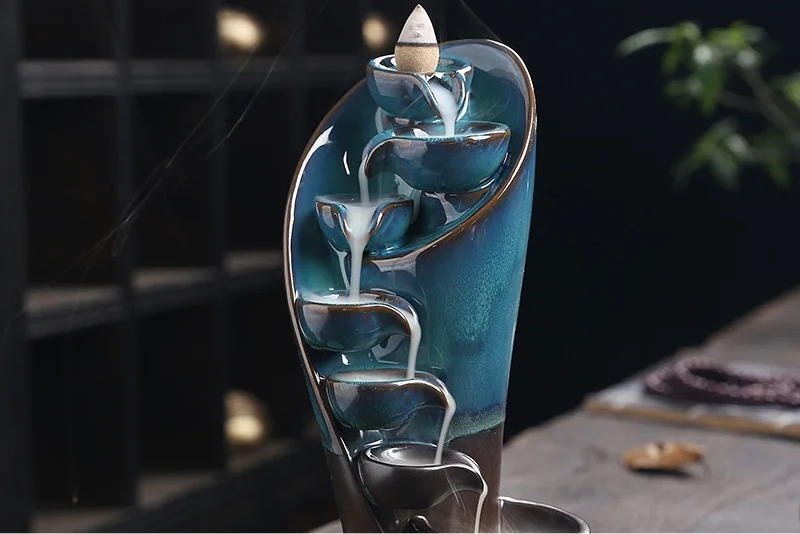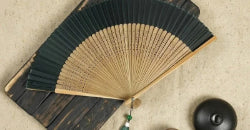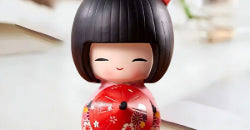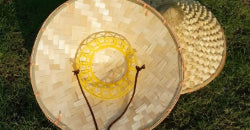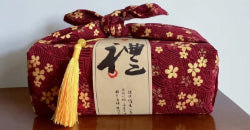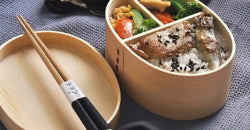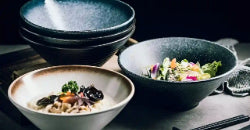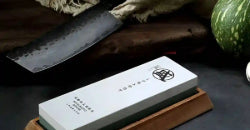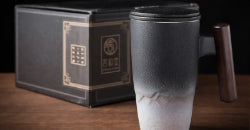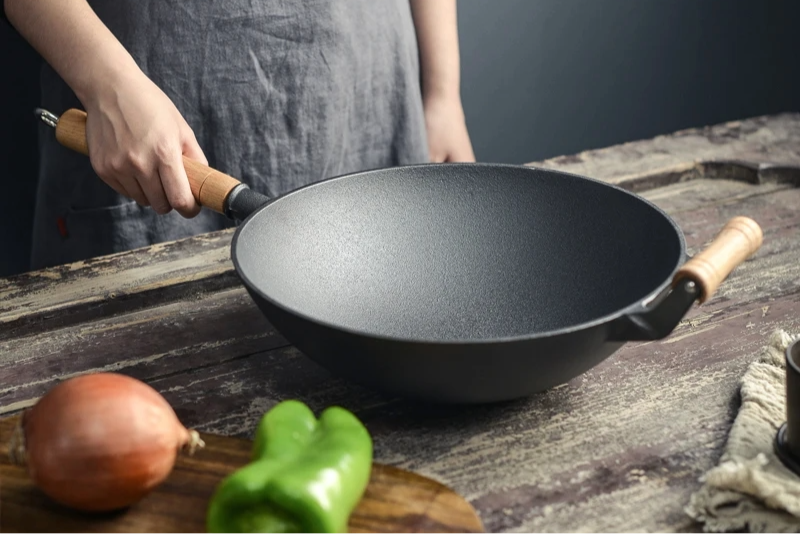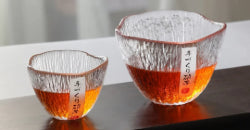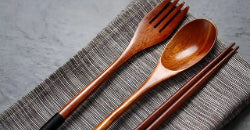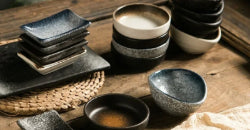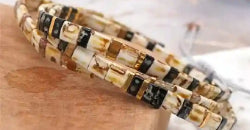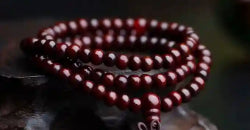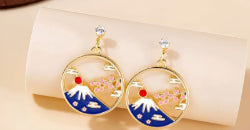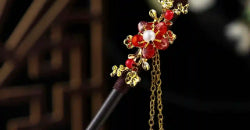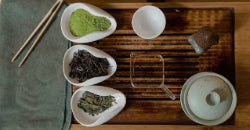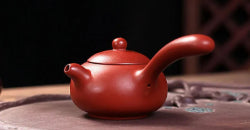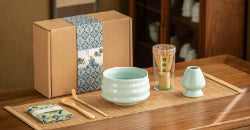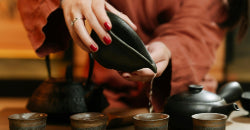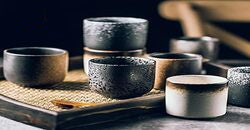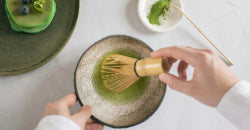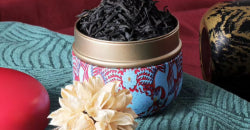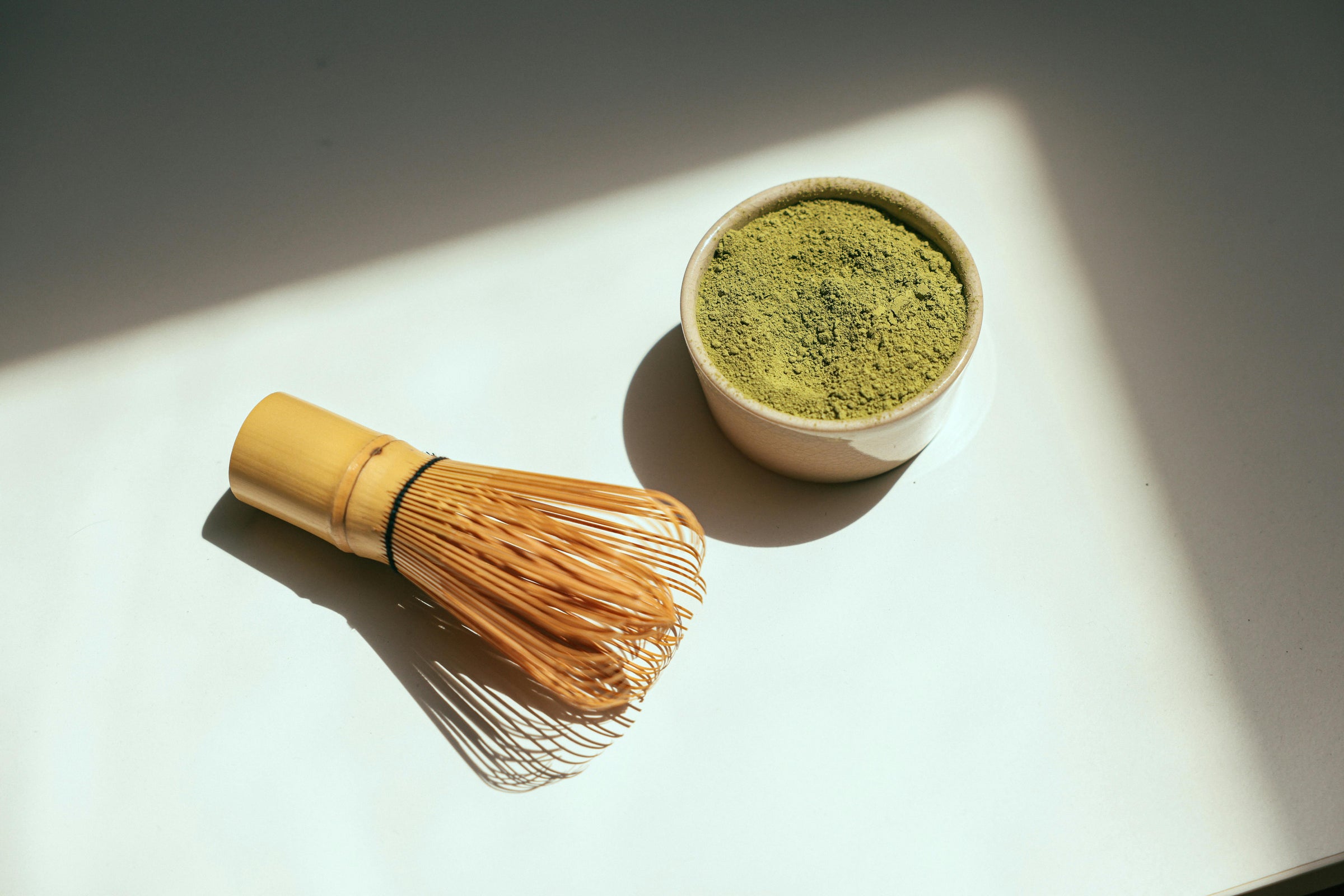Matcha tea, a true treasure of Japanese culture , is attracting more and more fans around the world. Its unique umami flavor, health benefits, and multiple ways of preparing it make it a must-have drink. In this article, we guide you step by step to prepare a perfect matcha tea, covering the necessary tools, techniques, and possible variations, such as the matcha latte.
Which matcha should I use?
The different types of matcha
Before you start preparing it, it is crucial to choose the right type of matcha. There are mainly two categories:
- Culinary Matcha : Used for cooking or in desserts, it is generally less expensive and slightly more bitter.
- Ceremonial Grade Matcha : Ideal for direct consumption, this type of matcha is milder, richer in flavor, and produces a creamier texture.
At Tenko, we offer two ranges of matcha: organic premium matcha , more affordable, ideal for cooking, and a ceremonial range, organic imperial matcha , intended for direct tasting of superior quality.
Origin : Choose a matcha from Japan, renowned for its quality tea fields (notably Uji, Nishio or Shizuoka).
Color : A good matcha has a bright green hue, a sign of freshness and richness in chlorophyll.
Texture : The powder should be fine and silky to the touch.
Packaging : Choose matcha packaged in airtight containers to preserve its freshness.
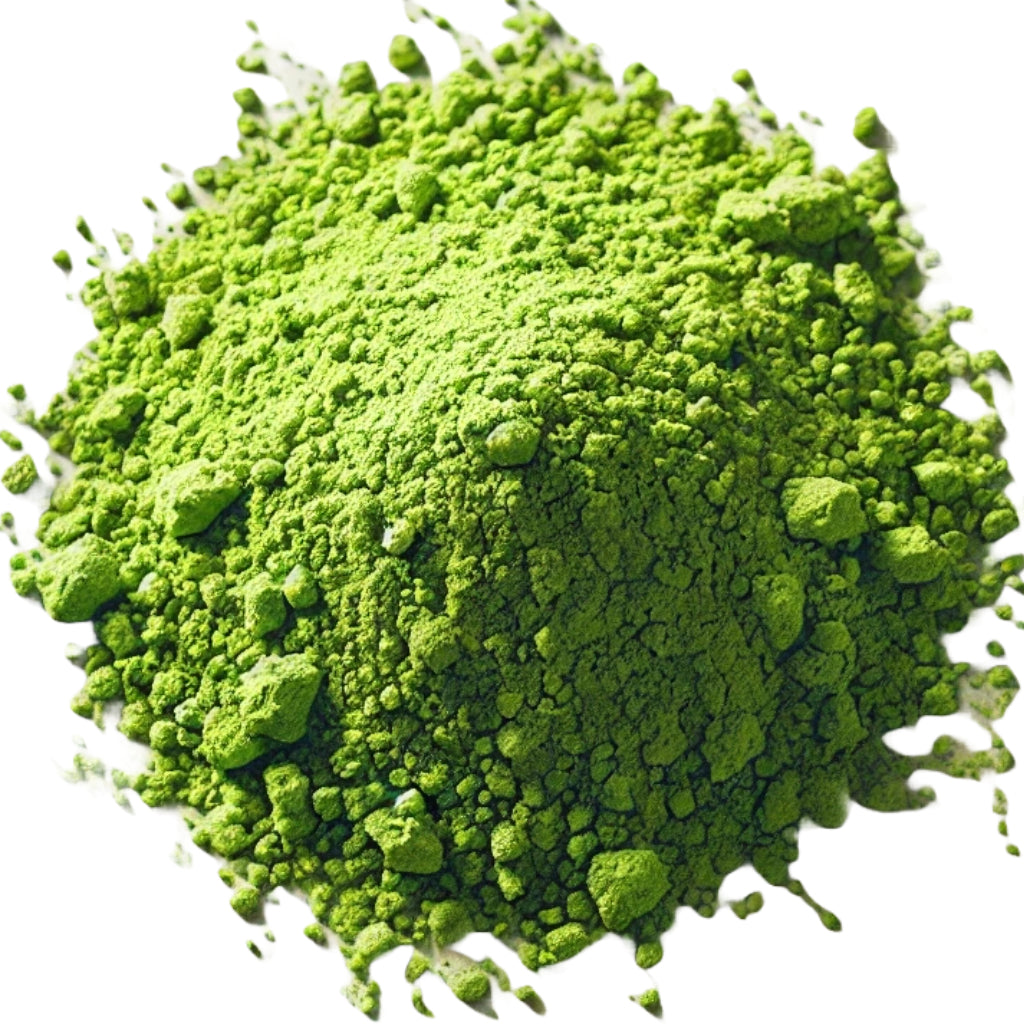

Chawan : Large bowl used for mixing and consuming matcha.
Chasen : Bamboo whisk designed to achieve a frothy texture.
Chashaku : Bamboo spoon for measuring matcha precisely.
Fine strainer : To sift the powder and avoid lumps.
Kuse Naoshi (Whip Holder): An often overlooked accessory, but essential for maintaining the shape of the chasen. It keeps the strands of the whip in good condition and prolongs its life.
Want to get started? We offer a wide range of complete matcha kits to get everything you need in one purchase, as well as a collection of matcha accessories to complete your utensils!
Preparation steps:
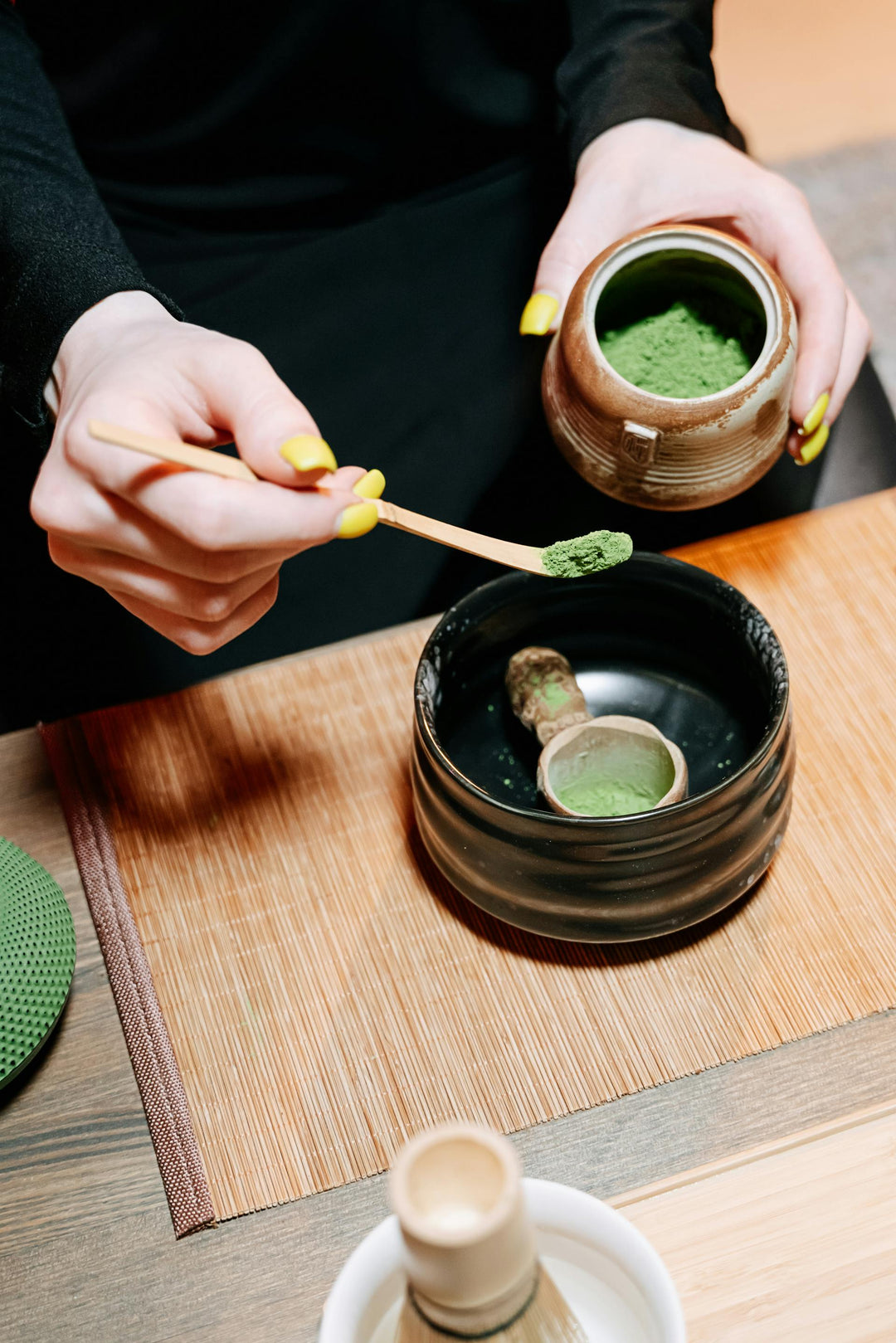
1. Sift the matcha
To start, sift 1-2 tablespoons of matcha powder through a fine mesh strainer directly into the bowl. This removes any lumps and ensures a smooth texture.
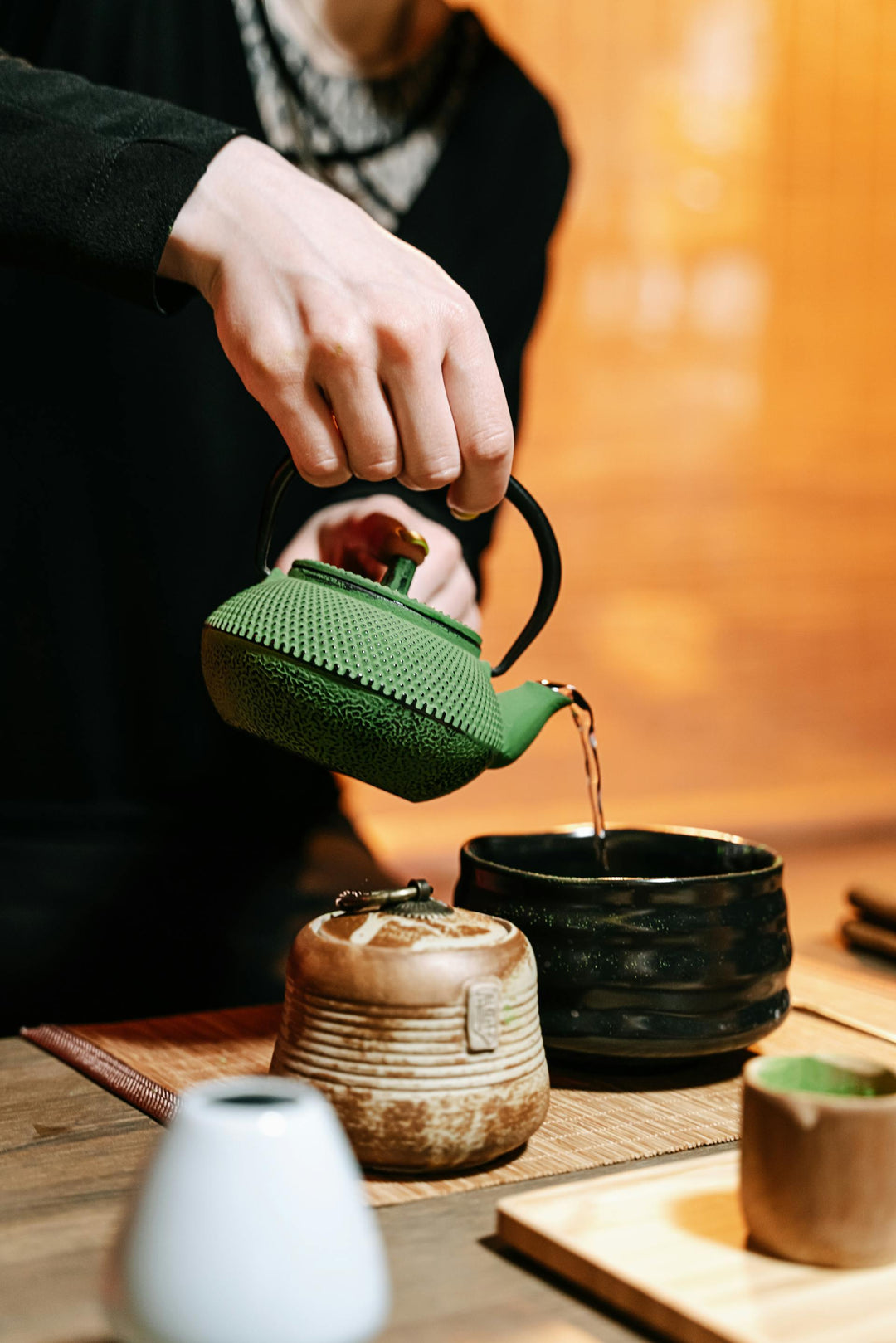
2. Add hot water
Heat water to an ideal temperature of 70-80°C. Pour about 60-70 ml of hot water into the bowl containing the sieved matcha.
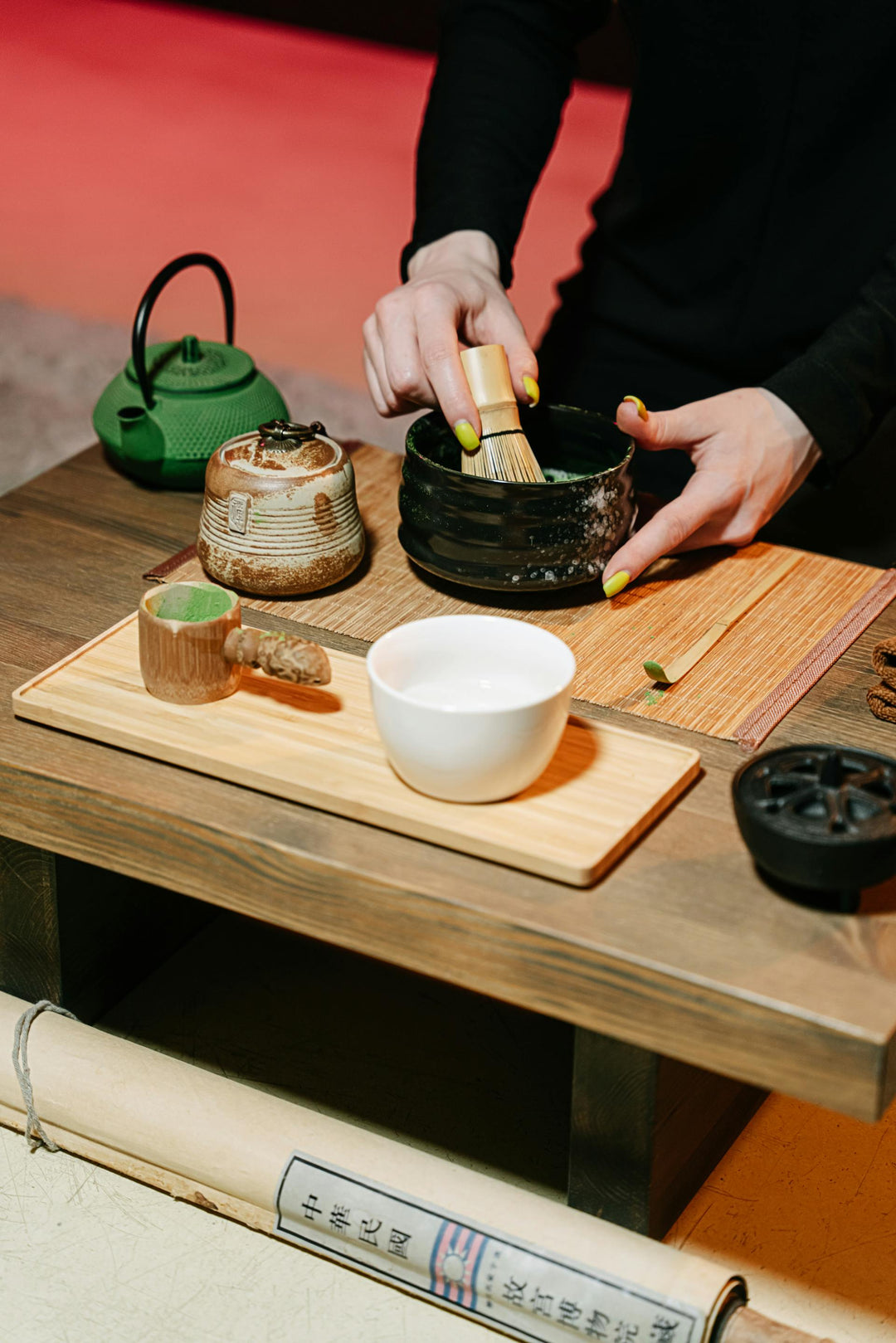
3. Whisk the matcha
Use the chasen to whisk vigorously using “M” or “W” motions. This will create a fine, creamy foam on the surface.
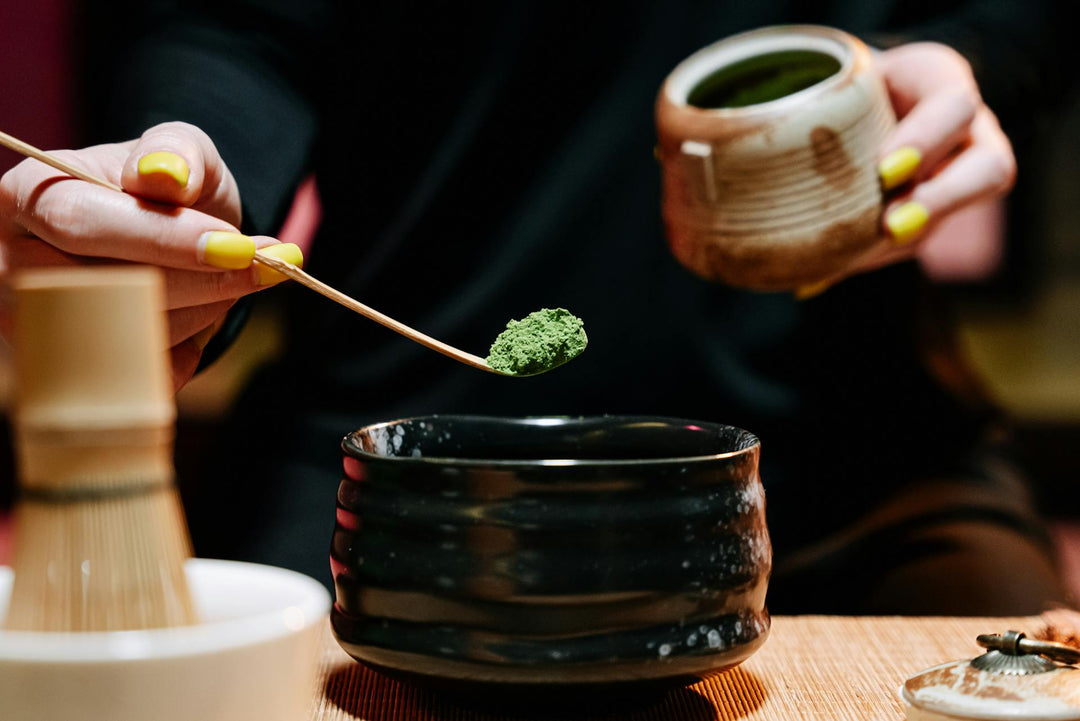
4. Adjust to your taste
You can adjust the concentration according to your preferences. For a stronger matcha, add a little more powder; for a lighter matcha, increase the amount of water.
The importance of water temperature
Water temperature plays a vital role in preparing matcha tea. If it is too high (over 80°C), it can burn the powder, creating an unpleasant bitter taste. A temperature that is too low, on the other hand, does not allow all the flavors to be extracted.
How to get the right temperature?
- Thermometer : The most accurate method.
- Traditional tip : Boil water, then let it sit for about 2 minutes before using.
Are there different types of matcha tea preparation?
Usucha (light matcha)
Usucha is the most common and light form. Use 1 spoon of matcha for 70 ml of water.
Koicha (thick matcha)
Koicha , used in ceremonies, is more concentrated. You need 2 spoons of matcha for about 50 ml of water. The texture obtained is dense and creamy.
Cold matcha
You can also make iced matcha by mixing the powder with cold water and ice cubes. Perfect for hot days!
How to make a matcha latte?
Ingredients needed
- 1 to 2 tablespoons of matcha
- 60 ml of hot water
- 200 ml of milk (vegetable or animal)
- Sweetener of your choice (honey, maple syrup, etc.)
Step by step preparation
- Prepare the matcha following the classic steps.
- Heat and froth the milk.
- Pour the hot milk over the prepared matcha.
- Add your favorite sweetener if desired.
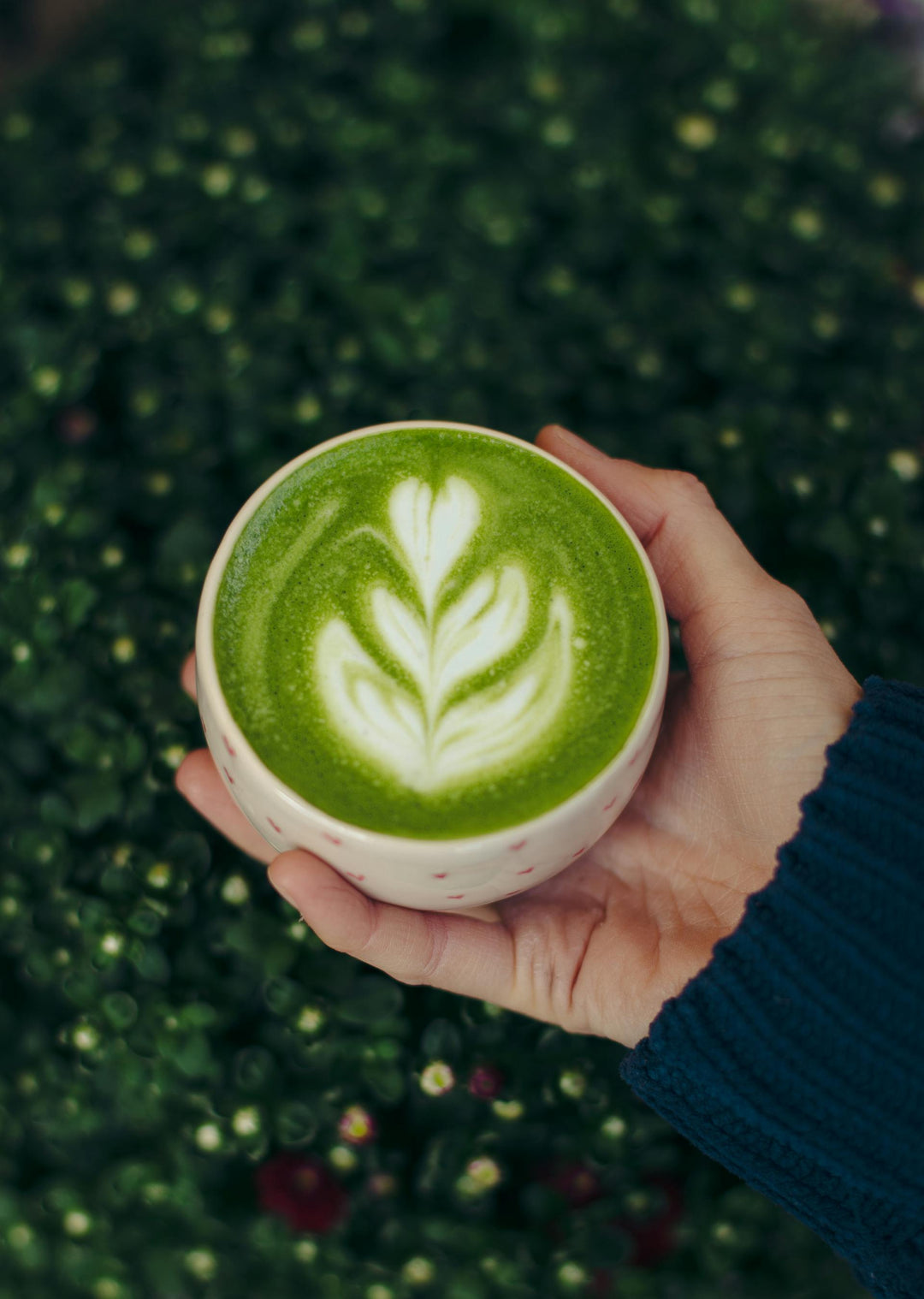
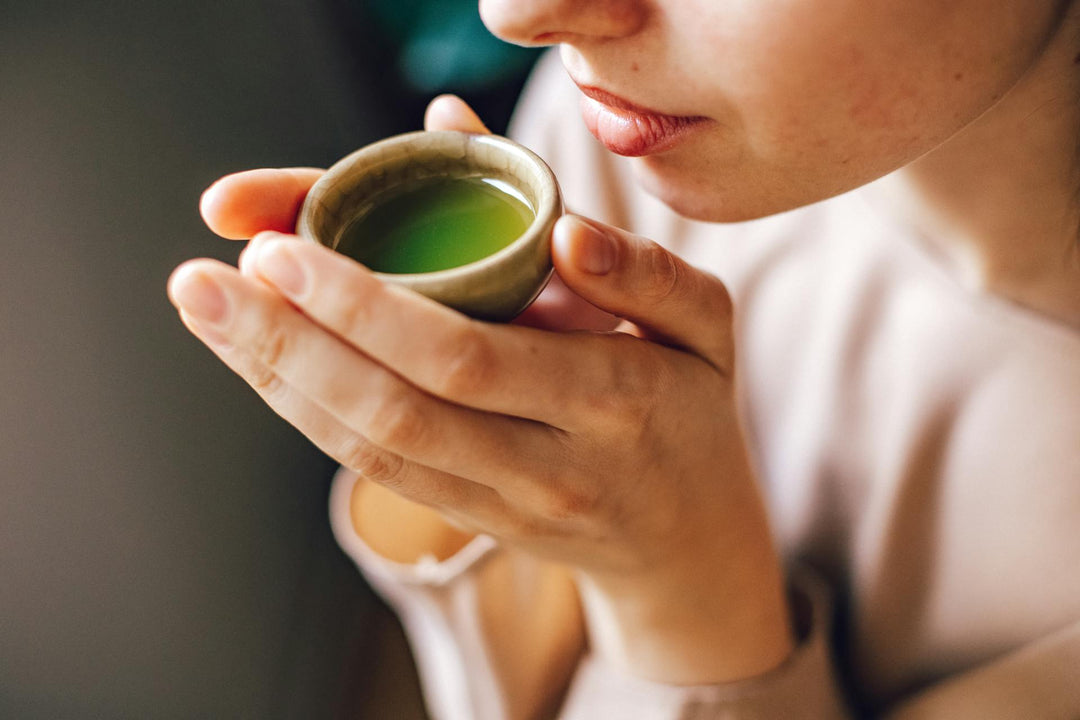
Matcha Tea and Health: Benefits and Precautions
- Rich in EGCG, matcha offers a powerful antioxidant action, boosts energy and concentration thanks to caffeine and L-theanine, while detoxifying the body thanks to its chlorophyll.
- Like coffee, it is advisable to consume matcha in moderation in order to limit the effects linked to caffeine. Also, make sure to choose a good quality matcha to avoid any risk of contaminants.
FAQs
Morning or afternoon, for a boost without nervousness.
Yes, but limit yourself to 1 or 2 cups to avoid excess caffeine.
Matcha is a whole leaf powder, offering a higher concentration of nutrients.
Yes, almond, coconut or oat milk pair very well with matcha.
Store in an airtight container away from light, heat and humidity.
Matcha is generally safe, but people sensitive to caffeine should limit their consumption.

























